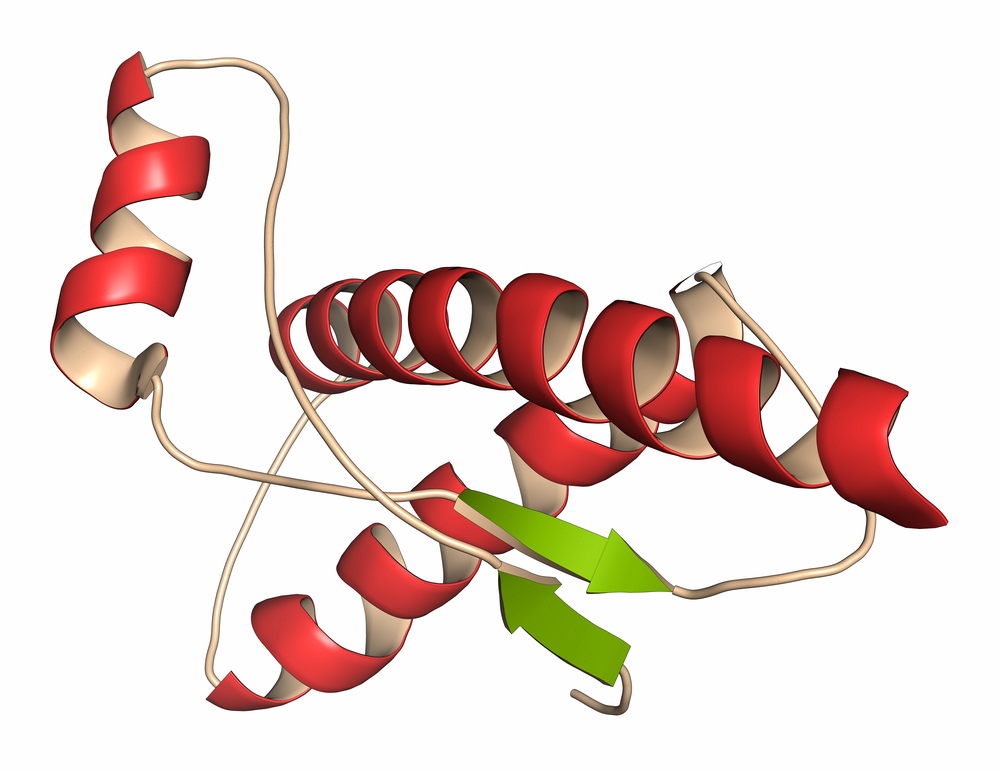The prion diseases or transmissible spongiform encephalopathies (TSEs), are a group of rare neurodegenerative disorders with a poor prognosis, correlated to the prion protein (PrP). In humans, these include three main categories: Sporadic Forms, Acquired Formsand Genetic Forms.
In animals – sheep, cattle, deer and other species – the prion diseases have different and specific designations: scrapie, bovine spongiform encephalopathy (BSE), chronic wasting disease. The first report of the disease prion in humans, Creutzfeldt-Jakob disease (CJD), appeared in 1920 (1-2), but only in 1982 Prusiner suggested the possibility that the transmissible agent was constituted by a protein without nucleic acids , partially resistant to proteolytic degradation (3).
Useful Links
- Recovery, safety, and tolerability of a solvent/detergent-treated and prion-safeguarded transfusion plasma in a randomized, crossover, clinical trial in healthy volunteers.
- TSE diagnostics: recent advances in immunoassaying prions
- Prospects for safe and effective vaccines against prion diseases.
- Pathogen inactivation and removal methods for plasma-derived clotting factor concentrates.
- How widespread is variant Creutzfeldt-Jakob disease?
- Development of Dose-Response Models of Creutzfeldt-Jakob Disease Infection in Nonhuman Primates for Assessing the Risk of Transfusion-Transmitted variant Creutzfeldt-Jakob Disease.
- TSE diagnostics: recent advances in immunoassaying prions.
- Removal of exogenous prion infectivity in leukoreduced red blood cells unit by a specific filter designed for human transfusion.
- Preclinical Detection of Variant CJD and BSE Prions in Blood.
- Evaluation of a test for its suitability in the diagnosis of variant Creutzfeldt-Jakob disease.
- Re-assessment of PrP(Sc) distribution in sporadic and variant CJD.
- Blood Test for Variant Creutzfeldt-Jakob Disease.
- Prions in the urine of patients with variant Creutzfeldt-Jakob disease.
- Lessons from the response to the threat of transfusion-transmitted vCJD in Ireland.
- Prions in the Urine of Patients with Variant Creutzfeldt–Jakob Disease
- Managing the risk of iatrogenic transmission of Creutzfeldt-Jakob disease in the UK.
- Parvovirus transmission by blood products – a cause for concern?
- Pathogen inactivation of whole blood and red cell components: An overview of concept, design, developments, criteria of acceptability and storage lesion
- Constant Transmission Properties of Variant Creutzfeldt-Jakob Disease in 5 Countries.
- Decontamination of prions in a plasma product manufacturing environment
- Variant Creutzfeldt-Jakob Disease With Extremely Low Lymphoreticular Deposition of Prion Protein
- Risk factors for variant Creutzfeldt-Jakob disease in dental practice: a case-control study
- Risk of transmission of Creutzfeldt-Jakob disease via blood and blood products. The French risk-analysis over the last 15 years
- The Management of Blood Safety in the Presence of Uncertain Risk: A United Kingdom Perspective
- Risk factors for variant Creutzfeldt-Jakob disease: a case-control study.
- Re-Assessment of PrPSc Distribution in Sporadic and Variant CJD
- The Genetics of Susceptibility to Variant Creutzfeldt-Jakob Disease
- Prion removal capacity of plasma protein manufacturing processes
- Highly Efficient Prion Transmission by Blood Transfusion
- Variant CJD and blood transfusion: are there additional cases?






